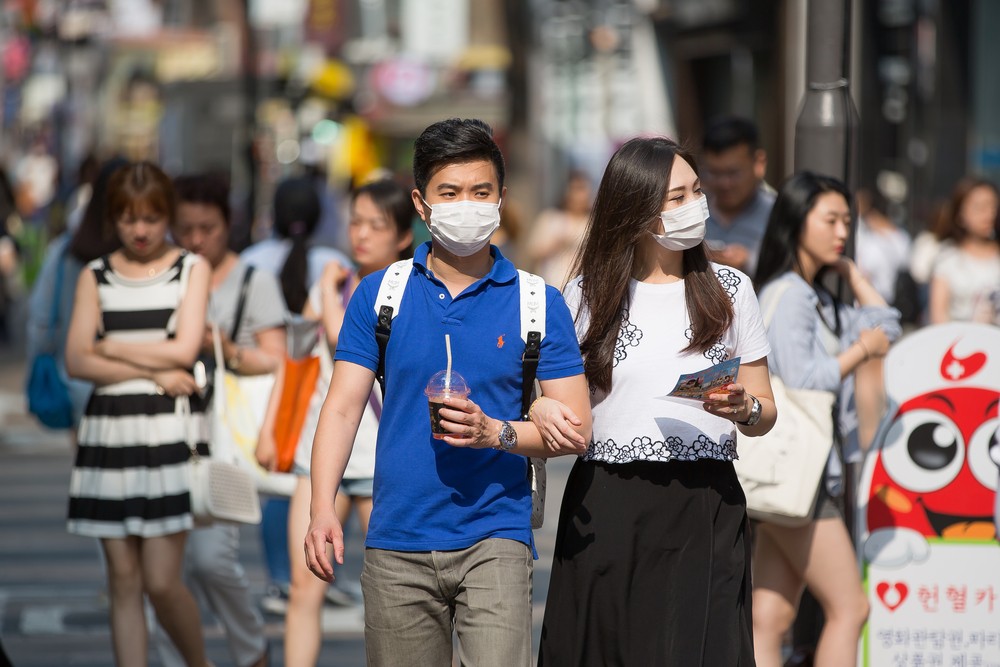Key Takeaways
- Carbon dioxide levels jumped by the largest amount ever recorded last year.
- The new carbon dioxide level is higher than at any time in human history.
- This rise is turbo-charging the climate and driving extreme weather.
- Immediate action is needed to cut emissions and protect communities.
Carbon Dioxide Levels Reach New Heights
Last year, heat-trapping carbon dioxide in the air rose faster than ever before. This increase pushed levels beyond anything human civilizations have seen. As a result, the planet’s temperature climbed, and weather patterns grew more extreme. Moreover, scientists warn that this trend could lead to even worse storms, droughts, and heat waves. For this reason, people around the world must take steps to reduce carbon dioxide emissions now.
Why Carbon Dioxide Is Turbo-Charging Extreme Weather
Carbon dioxide acts like a blanket around the Earth. It traps heat from the sun and prevents it from escaping back into space. Consequently, more carbon dioxide means the planet warms faster. In fact, researchers call this “turbo-charging” the climate. As a result, rainstorms can dump more water in shorter times. Similarly, heat waves last longer and reach higher temperatures. In addition, droughts grow more severe because the air pulls moisture from soil and plants. Therefore, every new rise in carbon dioxide makes weather events more powerful and risky.
How Carbon Dioxide Builds Up in the Atmosphere
Human activities, such as burning coal, oil, and gas, release carbon dioxide into the air. When forests are cleared or burned, they no longer absorb this greenhouse gas. Instead, they add more carbon dioxide to the mix. Each year, factories, cars, and power plants pump billions of tons of carbon dioxide skyward. Over time, this gas accumulates and stays in the atmosphere for hundreds of years. As a result, even small increases can have lasting and serious effects on the climate.
Moreover, natural sources like volcanoes also emit carbon dioxide. However, these flows have remained fairly stable for centuries. In contrast, human sources have escalated rapidly since the Industrial Revolution. Therefore, scientists agree that people are the main cause of the recent surge.
Tracking carbon dioxide is done by measuring air at specialized stations. These sites capture a global average. Last year’s jump surprised many experts. Furthermore, satellites now help map carbon dioxide levels around the globe. This data shows “hot spots” near big cities and industrial regions. It also tracks shifts as forests clear or regrow. This technology makes it clear where to focus efforts to lower carbon dioxide.
What We Can Do to Lower Carbon Dioxide
Everyone can play a part in cutting carbon dioxide. For starters, countries can invest in renewable energy like wind and solar power. These clean sources do not emit carbon dioxide. Likewise, people can drive less by walking, biking, carpooling, or using electric vehicles. Even small changes at home, such as switching to energy-efficient lights and appliances, can make a difference.
Furthermore, planting trees helps remove carbon dioxide from the air. Trees take in this gas during photosynthesis and store it in wood. As a result, reforestation projects can offset some emissions. In addition, protecting existing forests prevents carbon dioxide from entering the atmosphere.
Governments can set rules to limit carbon dioxide output. For example, they can cap emissions from factories and power plants. They can also put a fee or tax on carbon, making dirtier fuels more expensive. Consequently, companies will be more likely to switch to cleaner options.
Businesses and individuals should support innovations that capture carbon dioxide directly from the air. This technology is still new but shows promise. It could remove carbon dioxide even if emissions stay high. However, it will require more funding and research to scale up.
Finally, raising awareness is crucial. When people understand how carbon dioxide warms the planet, they feel motivated to act. Therefore, schools, media, and community groups must share clear, simple information about this issue.
Looking Ahead: Keeping Carbon Dioxide in Check
The recent spike in carbon dioxide levels sends a strong warning. If emissions keep rising, the world could pass critical climate thresholds. Crossing these lines would trigger changes that cannot be reversed easily. For example, melting ice sheets might speed up, driving sea levels higher. In turn, coastal cities would face growing flood risks.
However, the story does not have to end in disaster. By cutting carbon dioxide quickly and deeply, we can slow warming and reduce extreme weather. Moreover, clean energy and sustainable practices create jobs and improve life quality. Thus, fighting carbon dioxide is not just about avoiding harm. It also offers opportunities for innovation and growth.
In the coming years, experts will watch carbon dioxide levels closely. They will track if efforts to cut emissions succeed or fall short. Every government, business, and individual action will shape the planet’s future. Consequently, the time to act on carbon dioxide is now. Otherwise, storms, heat waves, and droughts will only get stronger.
Frequently Asked Questions
What is carbon dioxide?
Carbon dioxide is a gas that humans and animals breathe out. Plants use it to grow. However, too much in the air traps heat and warms the planet.
Why did carbon dioxide jump last year?
Emissions from burning fossil fuels rose, and deforestation continued. These activities released extra carbon dioxide into the air. As a result, levels jumped more than in any previous year.
How does carbon dioxide affect weather?
Carbon dioxide traps heat and warms the planet. This extra heat leads to stronger storms, longer droughts, and more intense heat waves. In other words, it turbo-charges extreme weather.
What can we do about carbon dioxide?
We can switch to clean energy, drive less, and save electricity at home. Planting trees and protecting forests also helps. Governments can set limits and fees on carbon dioxide emissions.

